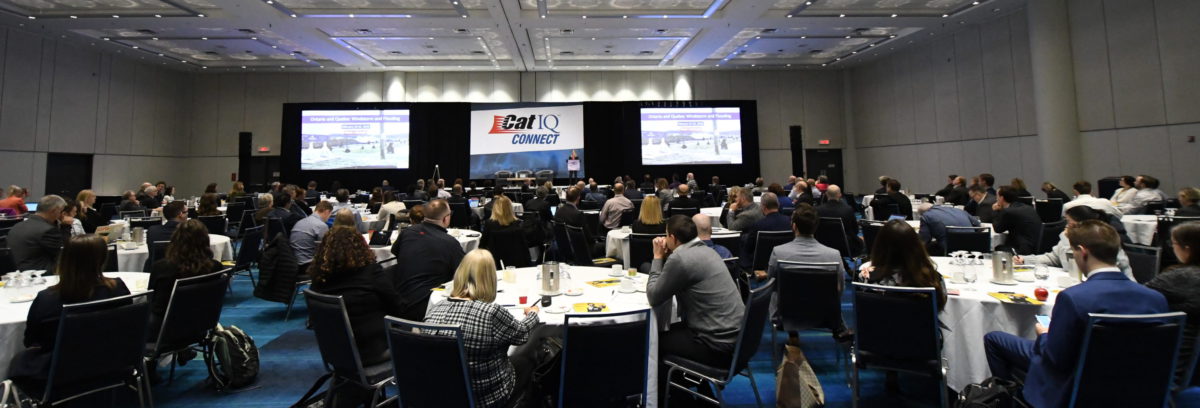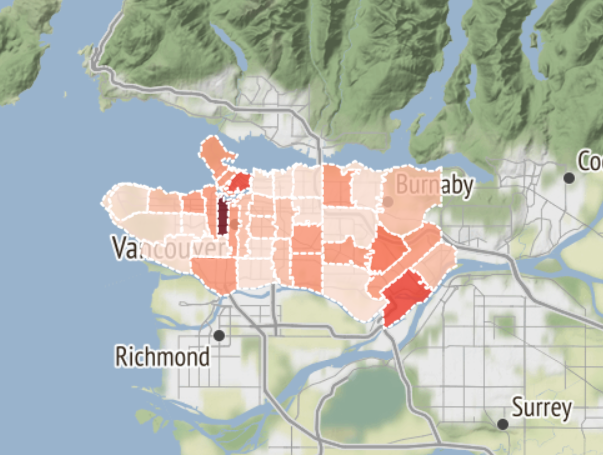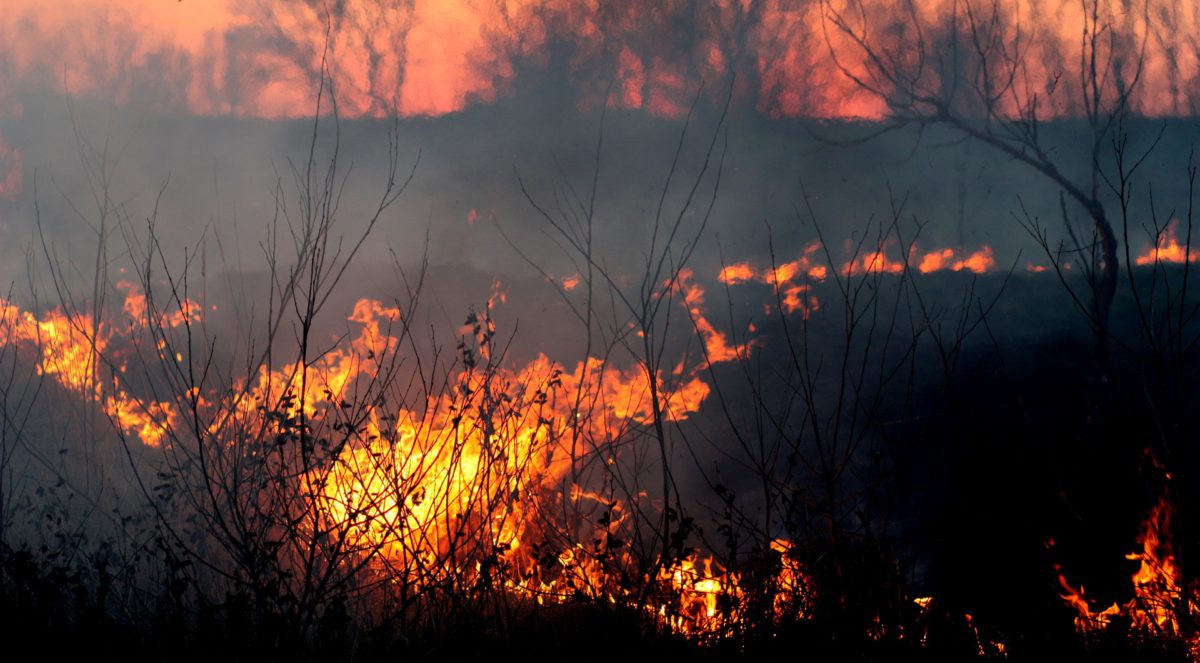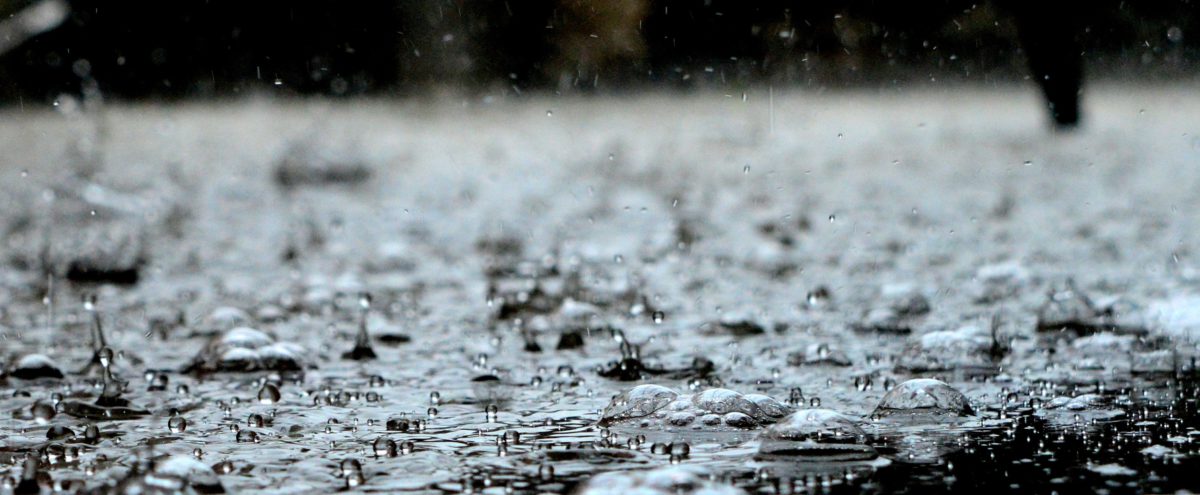Toronto (January 8, 2024) – The unprecedented frequency of catastrophic events experienced across Canada in 2023 pushed the insured loss total for the region to CAN $3.1 billion, according to CatIQ, Canada’s insured loss and exposure indices provider.
With total insured catastrophic losses exceeding $3 billion, 2023 was one of the largest loss years for the country; however, unlike the top three loss years, no single event dominated the industry losses.
Top loss years (adjusted for inflation):
- 2016 – $5.9 billion
- 2013 – $3.8 billon
- 2022 – $3.4 billion
- 2023 – $3.1 billion
Canada also experienced 23 events which generated insured losses in excess of CAN $30 million during the 12-month period – a record number for the country. These included the first-ever catastrophe declared in the territories due to the exceptionally active wildfire season across Canada.
Canada’s most impactful events of 2023 included:
- Kelowna Wildfires in British Columbia
- Ice Storm in Ontario and Quebec
- Tantallon Wildfire in Nova Scotia
- Flooding in Nova Scotia
- Severe Storms in Ontario and Quebec
- Winnipeg Hailstorm in Manitoba
Laura Twidle, President and CEO of CatIQ, said: “Last year was one for the record books – not in terms of the overall insured losses, but rather the total number of catastrophes which occurred during the period. In July and August, there were more catastrophes than Canada has previously seen in an entire year. The country is experiencing the increase in severe events firsthand, and collaboration across sectors is becoming more important to mitigate the impacts.”
These catastrophic events directly impact the public and require the (re)insurance industry, academia, and government to work together before, during and after each loss. To foster greater collaboration between key stakeholders, CatIQ, in partnership with MSA Research, will again host CatIQ Connect – Canada’s Catastrophe Conference – which will take place on February 6-7, 2024 at the Metro Toronto Convention Centre.
CatIQ Connect is a content-driven forum geared toward:
- Insurance/Reinsurance/Risk Transfer Professionals
- All Levels of Government
- Engineers/Restoration contractors
- Academia/Researchers
- Risk Managers
- Other sectors/organizations dealing with resilience to catastrophes
Speakers and Session topics for February’s event include:
- 2023 ‘Catastrophes in Review’ by CatIQ
- Renewals Season Recap – The State of the Industry
- Navigating the Rise of Secondary Perils
- Wellness in the face of Disaster
- Fireside Chat: OSFI on B-15
- Modelling 101- Your Questions Answered
- Tech Developments
- Modelling 201 – Deep Dive on Wildfire
- Incentive vs Uptake
- CAT 2023 Feature Discussion
- Updated from the Federal Government
- Non-Traditional Reinsurance
- Underwriting Spotlight
- Inclusivity in Disaster Management
- Earthquake: Raising Our EQ IQ
- Climate Change and the Housing Market
To learn more about CatIQ Connect, to view the full agenda, and to register, visit https://connect.catiq.com/.
About CatIQ
Toronto-based Catastrophe Indices and Quantification Inc. (CatIQ) is a subsidiary of Zurich-based PERILS A.G. and delivers detailed analytical and meteorological information on Canadian natural and man-made catastrophes. Through its online subscription-based platform, CatIQ combines comprehensive insured loss and exposure indices and other related information to better serve the needs of the insurance / reinsurance / ILS industries, public sector and other stakeholders. www.catiq.com. CatIQ was established in 2014 with the support of the overwhelming majority of the Canadian insurance and reinsurance industry and is widely recognized as the most reliable source of catastrophe loss information in Canada. CatIQ also partners with MSA Research to host the Canadian catastrophe conference, CatIQ Connect, connect.catiq.com.
— end —
For more information, please contact:
Laura Twidle | CatIQ | Tel: 1(416)368-1723 x1 | Laura.twidle@catiq.com | www.catiq.com







